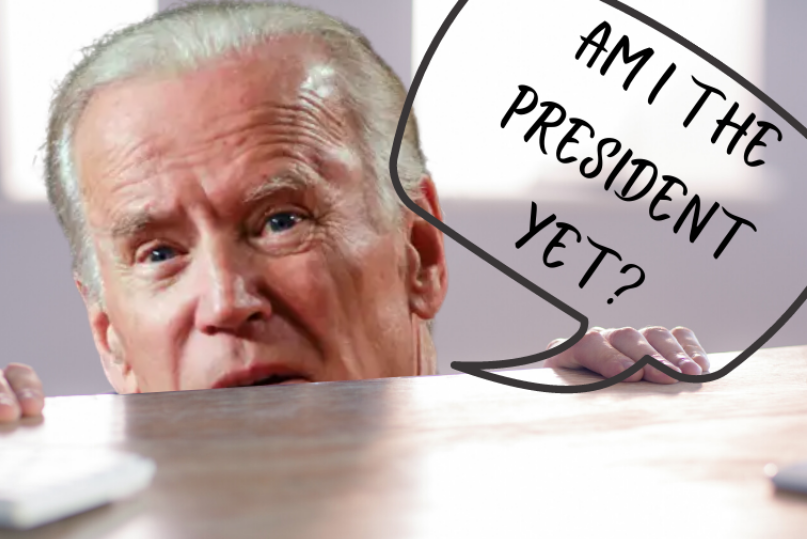
Despite relentless attacks from Democrats and their media lackeys, the Payment Protection Program helped small businesses through the unprecedented pandemic of Coronavirus.
Current Administrator of the Small Business Administration Jovita Carranza explains in an op-ed for the Orlando Sentinel:
Clare Otto’s custom cake shop, Sugar Divas Cakery in Orlando, came to a grinding halt due to the pandemic — a story all too familiar for millions of other small businesses across the country. As a result, Clare had to let all but one of her six employees go until she received a financial lifeline from the U.S. Small Business Administration (SBA).
“I was very excited to tell the girls I could bring them back on board,” Otto said, after receiving a Paycheck Protection Program (PPP) loan. “I’m thrilled to have my whole team back; it’s a huge relief to have money to pay them for the next eight weeks. We’re very grateful.”
By any measure, the PPP is accomplishing its mission — to quickly stabilize small businesses like Sugar Divas Cakery and keep workers on payroll.
Following the president’s leadership, the SBA, in coordination with the Treasury Department, launched this unprecedented program to quickly provide economic relief to small businesses like Sugar Divas and hundreds of thousands of other entrepreneurs throughout Florida.
The program is working. Since April, the SBA has approved more than 4.7 million loans, totaling more than half a trillion dollars that’s already been deposited in small business accounts.
And it’s not too late for small businesses or nonprofits thinking about participating in this federal forgivable loan program to apply, but they should act soon — the deadline to receive an SBA approved loan is Tuesday, June 30. SBA has launched an additional online resource — Lender Match — for borrowers to connect with lenders quickly.
Tens of millions of jobs have been saved by the program, many of which would have otherwise been lost.
SBA worked with 5,500 lenders of all sizes, including 4,000 community banks, 1,000 credit unions, 302 Community Development Financial Institutions (CDFIs), 170 Minority Depository Institutions, 54 farm credit institutions, and prominent non-bank lenders like fintechs.
In particular, we took important steps to ensure PPP funds would be available to those businesses most in need, including economically disadvantaged businesses, many of which do not have longstanding financial relationships with banks and credit unions. To date, over 1.2 million loans and nearly $100 billion have been disbursed through small financial institutions such as CDFIs, nonbanks, and others, many of which work to connect underserved and rural communities with capital.
Nearly half of all PPP loans — both in terms of volume and total value — have gone to low-income counties across the country, defined as any county with a poverty rate at or above (the same or worse than) the national average. And nearly 70 percent of PPP loans have gone to firms with fewer than 10 employees, an important allocation since the average minority-owned small business has eight employees.
This Administration is committed to ensuring our nation’s entrepreneurs receive the economic relief they need to get through this difficult time. Small businesses like Sugar Divas Cakery contributed greatly to our thriving economy just a few months ago. And it will be the same entrepreneurs who will help lift us up once again.




